A new research project called the Virgo Environment Traced in Carbon Monoxide Survey (VERTICO) used data collected by the Atacama Large Millimeter/submillimeter Array (ALMA) to understand just what is stripping star-forming gases out of the Virgo Cluster of galaxies. Plus, calderas, a mass extinction, and this week’s What’s Up.
Podcast
Show Notes
Falling phosphorus fuels life
- Cosmic Dust May Be Key Source of Phosphorus for Life on Earth (Eos)
- “Phosphorus Chemistry in the Earth’s Upper Atmosphere,” John M. C. Plane, Wuhu Feng, and Kevin M. Douglas, 2021 September 20, JGR Space Physics
Safekeeping life from aliens
- The University of Adelaide press release
- “Alien” invasions and the need for planetary biosecurity (EurekAlert)
- “Planetary Biosecurity: Applying Invasion Science to Prevent Biological Contamination from Space Travel,” Anthony Ricciardi, Phillip Cassey, Stefan Leuko, and Andrew P Woolnough, 2021 November 17, BioScience
Watch out for fake fossils made by nature
- The University of Edinburgh press release
- “False biosignatures on Mars: anticipating ambiguity,” Sean McMahon and Julie Cosmidis, 2021 November 17, Journal of the Geological Society
Using ambient noise to track magma migration
- Johannes Gutenberg University Mainz press release
- “Fluid migrations and volcanic earthquakes from depolarized ambient noise,” S. Petrosino and L. De Siena, 2021 November 17, Nature Communications
Volcanoes contributed to mass extinction
- NYU press release
- “Felsic volcanism as a factor driving the end-Permian mass extinction,” Hua Zhang et al., 2021 November 17, Science Advances
Stripped of gas, galaxies die
- What’s Killing Galaxies? Solving a Long-Standing Mystery in Astrophysics (SciTechDaily)
- “VERTICO: The Virgo Environment Traced in CO Survey,” Toby Brown et al., 2021 November 10, The Astrophysical Journal Supplement Series
What’s Up: Partial Lunar Eclipse
- Deep partial lunar eclipse November 18-19: Great for North America (EarthSky)
- PDF: Partial Lunar Eclipse of 2021 Nov 19 (NASA)
Transcript
Hello and welcome to the Daily Space. I am your host Dr. Pamela Gay.
And I am your host Beth Johnson.
And we are here to put science in your brain.
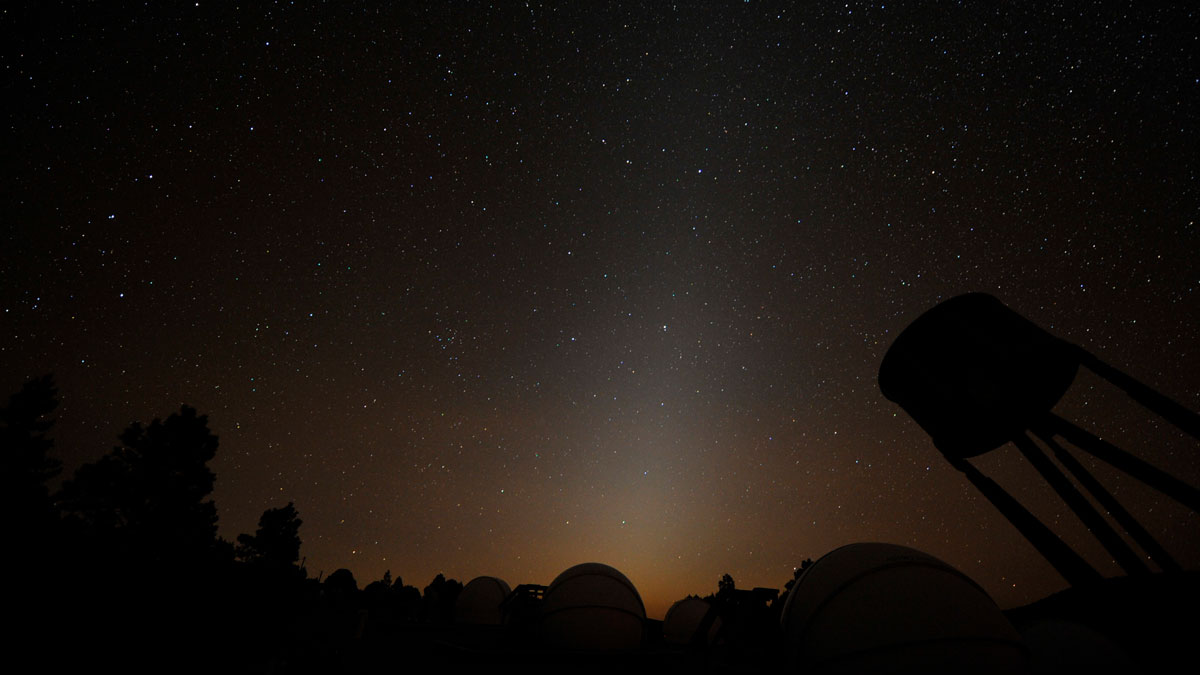
Our world is composed of many different things, of many different origins.
When the Earth formed, it had a nice mix of ingredients, but in the hot, mineral-forming mix, the heavy elements inconveniently sank downward, and in many cases, stayed permanently out of reach. On the list of sunk-toward-the-core elements is phosphorus, one of the most necessary elements for life. From the ATP the powers cells to the DNA that records who we are, phosphorus is a key ingredient in biological reactions.
So if the phosphorus the Earth formed with got locked away in our world, where did the phosphorus for life come from? It was originally thought that asteroid impacts and comets could be to blame, but new research points to a less flashy origin.
On any given day, we probably don’t notice dust or how it interacts with and builds up in the environment around us. Throw a rock through a window, and someone will notice. Smash a snowball into a wall, and someone is going to go see what just happened. But dust? Not so much. And this is because humans are bad at noticing gradual change, both in our homes and in our world.
New research published in JGR: Space Physics and led by John Plane finds that the constant bombardment of phosphorus-rich dust onto the Earth is likely the primary source of biologically used phosphorus. As grains burn up in the atmosphere, often seen as shooting stars, phosphorus from the grains and oxygen from the atmosphere form phosphorus monoxide. As this molecule travels through the atmosphere, it will undergo various reactions, becoming H3PO3 and H3PO4, as it settles as meteoric smoke particles through the atmosphere. If you were to try and measure the amount of material that lands on any one place on our planet each year, it would be a struggle; just a 100,000th of a gram hits each square meter each year, but our world is big, and that small amount adds up to about 1,000 kilograms of phosphorus incoming every year. It’s still not a lot, but given the fullness of time, it has been enough.
We aren’t just made of stardust that formed our world; we are also made of the constant influx of dust and the stuff of shooting stars.

Recognizing that dust is a source of the stuff of life forces us to consider if dust and meteorites and other infalling material could also be the bringers of life. In a new paper in BioScience, Anthony Ricciardi and his colleagues consider the issues of microbiological contamination both of our world and others.
Riccardi points out that: Owing to their massive costs to resource sectors and human health, biological invasions are a global biosecurity issue requiring rigorous transboundary solutions.
And as that last story pointed out, our atmosphere is not the solution we need it to be.
Research looking at invasive species, like the murder hornets in the American northwest, shows us the essentials. Riccardi explains: Research in invasion science has produced novel insights for epidemiology, rapid evolution, the relationship between biodiversity and community stability, and the dynamics of predator–prey and parasite–host interactions, among many other concepts. Protocols for early detection, hazard assessment, rapid response, and containment procedures currently employed for invasive species on Earth could be adapted for dealing with potential extraterrestrial contaminants.
And this leads to a potentially new and fascinating interdisciplinary field: planetary biosecurity that brings together invasive species studying biologists and astrobiologist to try and protect our planet from potential invasion.
I have to say that I want this field to stay theoretical for a good long time, but I also really look forward to reading the papers coming out of these new collaborations.

Not wanting to find alien life invading Earth is not the same thing as not wanting to find evidence of life, and I for one really, really want to find fossilized life on Mars.
Unfortunately, for the smallest forms of life, it can get super hard to differentiate between minerals that grow chemically and structures that grow biologically. In a new study in the Journal of the Geological Society, researchers explore our Earth looking for the kinds of things that may one day confuse us on Mars. According to researcher Sean McMahon: At some stage a Mars rover will almost certainly find something that looks a lot like a fossil, so being able to confidently distinguish these from structures and substances made by chemical reactions is vital. For every type of fossil out there, there is at least one non-biological process that creates very similar things, so there is a real need to improve our understanding of how these form.
While it is relatively easy to find things that look identical, it can be trickstery to figure out how to say this one was formed by life and this one by other natural processes. Short of finding DNA, which isn’t something we can do with fossils, we’re going to have to be able to say “these structures require either life or this specific environment”. And when you find the structures in the wrong environment, well, here’s to hoping life is what found a way.
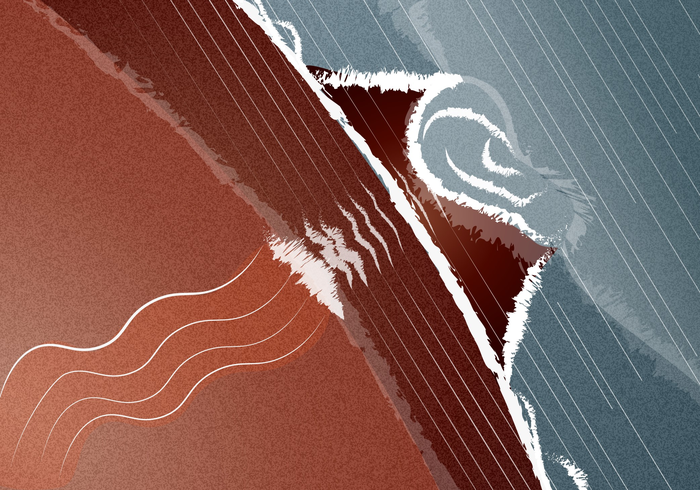
Back here on Earth, we’re once again held captive and fascinated by the power and awesomeness of volcanoes. I don’t think we can overstate the love that our team has for these powerful structures, no matter the type: cinder cones like in La Palma and Iceland, shield volcanoes like Kīlauea, or stratovolcanoes like those in the Andes and Japan. And we even love a type of volcano that seems a bit misunderstood, in my opinion – the caldera. Of course, most of us are familiar with the huge caldera under Yellowstone, but that’s one of many here on Earth.
New research published in Nature Communications and led by Dr. Simona Petrosino has found a novel way to understand just how liquids, in this case magma, flow underground when it comes to caldera. Specifically, the team used ambient noise from the sea and the wind to map processes deep beneath the earth in a region known as the Phlegraen Fields, or Campi Felgrei, in Italy.
Dr. Petrosino explains: Sea and wind constantly interact with the caldera and produce waves that scan its depths. Ambient noise waves enter the caldera with their direction changing above faults and magma feeding systems. Our work shows that, while the change of direction is essential to detect structures, the loss of any directionality is a signal of activation. The energy release is followed by migrations of fluids that produce additional noise sources, hindering our ability to reconstruct directionality. Thus, the loss of directionality gives us a tool to track the migration of deep fluids before they reach the surface.
When scientists analyzed noise data that was collected over the last decade, they found just such a loss of directionality in 2018, which corresponds to a time when some of those deep magmatic fluids migrated up into more shallow hydrothermal systems. That migration likely caused the earthquakes felt in the region in 2019.
Co-author De Siena goes on to further explain: The volcano releases its stress through migrations of fluids following paths opened during its intense activity in 1983/1984. These deep fluids combine with those from rainfalls, which make the shallow part of the volcano more permeable. This produces strong earthquakes, like those recorded at the volcano in 2019/2020. By observing directionality changes through time, we can now detect the progressive migration of fluids towards the eastern caldera, whose structure suffers the largest stress and which acts as a barrier for further migration toward the East.
This is an interesting new method to model the movement of deep magmatic fluids, and while it doesn’t help precisely predict either earthquakes or eruptions as a result, it is definitely a step in the direction of understanding when activity levels are increasing for a caldera. That understanding could give us a bit of a heads up that something may happen relatively soon.
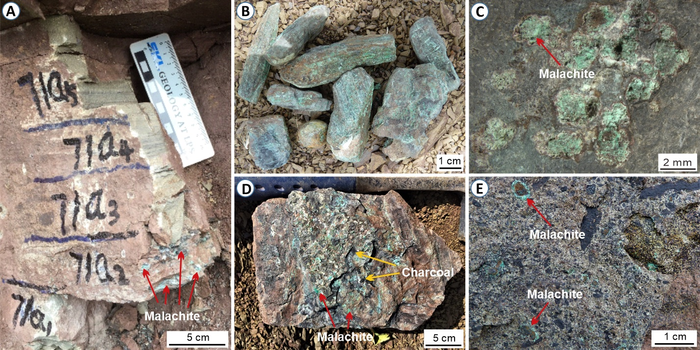
Of course, understanding volcanoes today is fantastic. It could help save lives and property. But in geology, what’s past is present, and so it’s also helpful to understand processes and results in the geologic past to also prepare for the possibilities of the future. Which is a long-winded way of saying that a team of scientists have studied the end-Permian extinction 250 million years ago and found that volcanoes added to the demise of 80 to 90 percent of life on Earth.
Published in the journal Science Advances, a new paper provides an analysis of minerals found in southern China that show there was a set of volcanic eruptions that produced a volcanic winter. That winter lowered temperatures around the globe and added stress to the biological systems in existence, adding to the list of causes that wiped out so many species.
This is a multi-step process. First, volcanic eruptions known as the Siberian Traps produced an incredible amount of volcanic rock in Russia’s Siberia province. Those eruptions released a ton of carbon dioxide which decreased the oxygenation of the oceans and killed off marine life. Additionally, the eruptions covered the land in layers of ash, which wiped out a lot of flora and fauna. And finally, as co-author Michael Rampino explains: Sulfuric acid atmospheric aerosols produced by the eruptions may have been the cause of rapid global cooling of several degrees, prior to the severe warming seen across the end-Permian mass-extinction interval.
But those last eruptions weren’t part of the Siberian Traps. They were located in South China, and included dozens of eruptions over time. And there are likely eruptions that happened elsewhere that added even more to the environmental stress.
What it comes down to is that the end-Permian extinction wasn’t caused by a single event but rather a series of intense and large volcanic eruptions in a variety of places on Earth, all of which added up to an incredible loss of biological diversity. Oof.
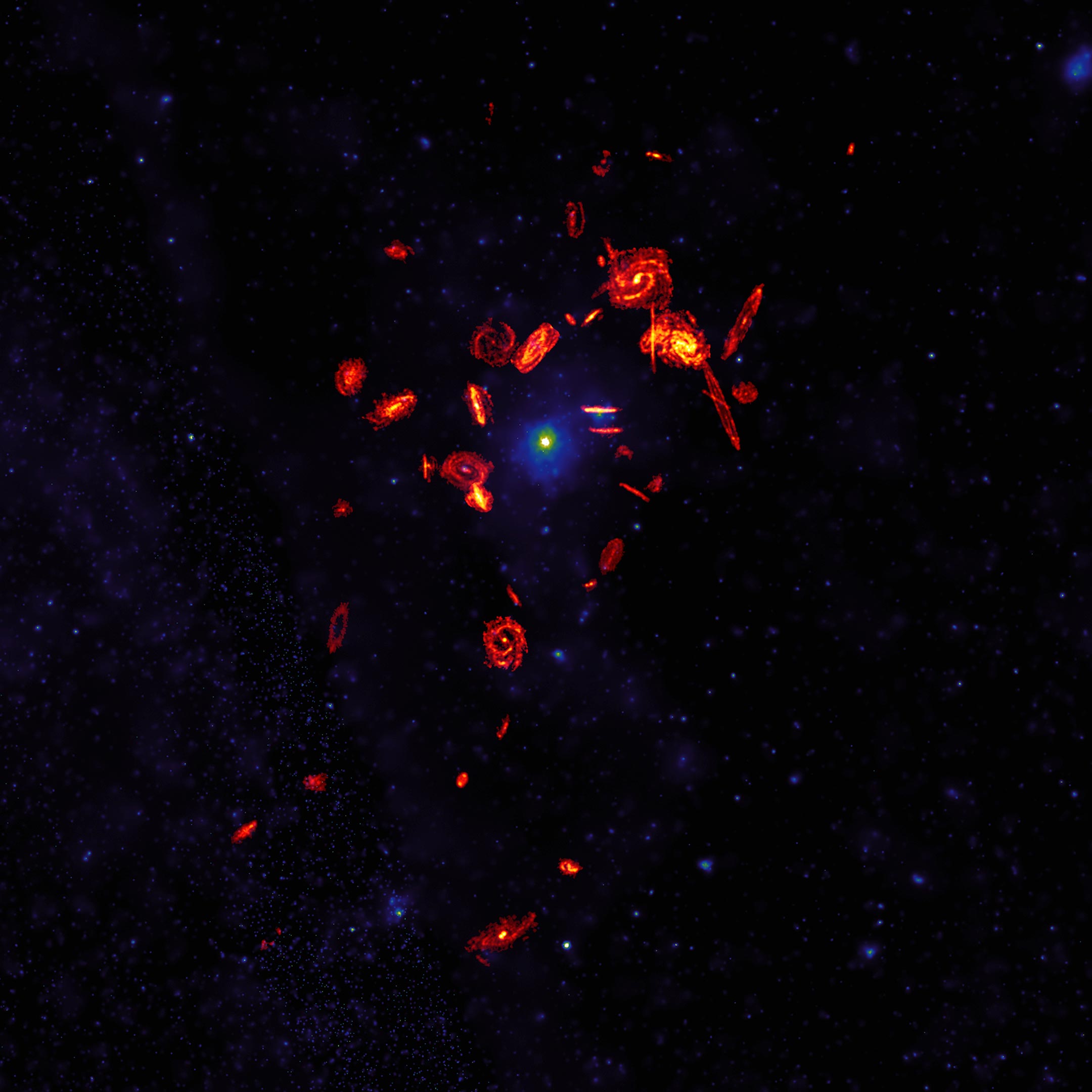
I have to start this next story by admitting, I wanted to discuss it because the data used looks more like an artist’s impression of a galaxy cluster than like an actual image.
In a new paper coming out in The Astrophysical Journal Supplement, researchers led by Toby Brown release an amazing map of the Virgo Galaxy cluster that traces the presence of carbon monoxide in and around this cluster’s galaxies. The goal was straight forward – to track down the physics responsible for killing star formation in galaxies that plunge into galaxy clusters.
Galaxies like our own Milky Way galaxy will one day become.
According to Brown: We know that galaxies are being killed by their environments, and we want to know why.
The big picture of what is going on has been known for decades: as a galaxy falls into the high-density environment of a cluster, it takes on a series of enemies. On one hand, the intracluster gas is pushing on the infalling galaxies, and through a process called ram pressure stripping, those galaxies get their star-forming material pushed out. Infalling galaxies also go through increasing numbers of close encounters with other galaxies, and these high speed encounters gravitationally pull more material out of systems through a process called galaxy harassment.
The language of galaxy interactions is violent, and every violent encounter leaves galaxies with less material to form stars. Brown explains: Gas stripping is one of the most spectacular and violent external mechanisms that can shut down star formation in galaxies.
While we’ve understood these big picture ideas for a long time, the details of what this looks like haven’t been known. It is only with this new survey by ALMA that seeing the details has become possible. Called The Virgo Environment Traced in Carbon Monoxide Survey — VERTICO — this campaign has imaged the gas reservoirs of 51 galaxies in high resolution.
This new paper is the catalogue of data, and science papers will be coming in the months and years to come as folks take the time to analyze each of these 51 galaxies. Already hints of what is to come can be seen in the mapping of interacting systems and in the knots of gas seen in isolated systems.
Using this catalogue, researchers will be able to see what galaxies at different points in falling into the cluster look like. They’ll be able to study those solitary systems, and interacting systems. And just like it is possible to piece together how humans age by looking at all the people in the mall on a Saturday afternoon and seeing individuals of every age, we will be able to piece together how galaxies die by seeing how they change at every step of falling into the cluster.
This is beautiful data, and it is going to allow for amazing science, and I am here for it. As new results come out, we’ll bring them to you here on the Daily Space.
What’s Up

This week in What’s Up is a partial lunar eclipse. Starting November 19 at 08:58 UTC, the Moon will begin to skirt the edge of the Earth’s umbra, or shadow, as the Earth goes in between the Moon and the Sun. Peak eclipse will happen at 09:02 UTC. Nearly the entire United States, including Hawaii, will be able to see this eclipse. In addition, Central America down to Guatemala will be able to see the full eclipse. Parts of the United Kingdom will as well but only in the few minutes before the Moon sets below the horizon.
But I don’t want to get your hopes up as partial lunar eclipses are not that visually striking, especially compared to a total solar eclipse. At best you will be able to see the Moon get a little darker and redder at full eclipse and not much else. The Moon gets red because the light that hits it has passed through Earth’s atmosphere, which scatters out blue wavelengths through a process called Rayleigh scattering, leaving red wavelengths only. This is also why the Sun appears red when at the horizon.
One thing to look for in this partial eclipse is the Pleiades star cluster, which will be positioned very close to the Moon during the eclipse.
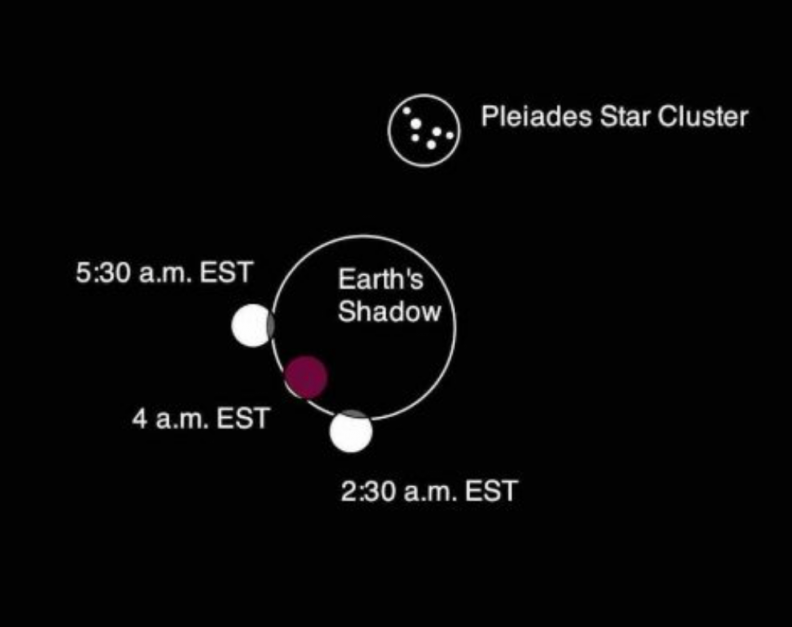
You can try viewing this event in a telescope, but again, there isn’t much to see – at best a mild darkening compared to its usual brightness. It is safe to view a lunar eclipse in a telescope without any special filters, though you may want to attach a neutral density filter to your eyepiece to cut down on the Moon’s brightness. These are sometimes included with a telescope but are inexpensive to purchase separately. They are often marketed as “moon” filters because that is what they are mainly used for. It can get somewhat annoying, like looking right at a bright light for a few minutes and a neutral density filter makes it more comfortable.
So-called variable moon filters consist of two moon filters attached together with a ring in the middle so they can rotate freely. These allow you to change the amount of light transmission easily, to adjust for the brightness of different moon phases. You may want to get one of these if the Moon is one of your main interests in the sky as it is more flexible than a fixed transmission Moon filter. You can get a variable moon filter and help support our efforts to put science into your brain by purchasing one using the Amazon affiliate link in the show notes.
The Moon has many different features of all shapes and sizes that it rewards coming back again and again as different as different portions of its surface are illuminated. Counterintuitively, the worst time to view the Moon is during the full moon phase. This is because the entire disk is evenly illuminated. You want some parts to be dark, so that the contrast between light and dark allows you to see features better.
This has been the Daily Space.
You can find more information on all our stories, including images, at DailySpace.org. As always, we’re here thanks to the donations of people like you. If you like our content, please consider joining our Patreon at Patreon.com/CosmoQuestX.
Credits
Written by Pamela Gay, Beth Johnson, and Erik Madaus
Hosted by Pamela Gay and Beth Johnson
Audio and Video Editing by Ally Pelphrey
Content Editing by Beth Johnson
Intro and Outro music by Kevin MacLeod, https://incompetech.com/music/


 We record most shows live, on Twitch. Follow us today to get alerts when we go live.
We record most shows live, on Twitch. Follow us today to get alerts when we go live.